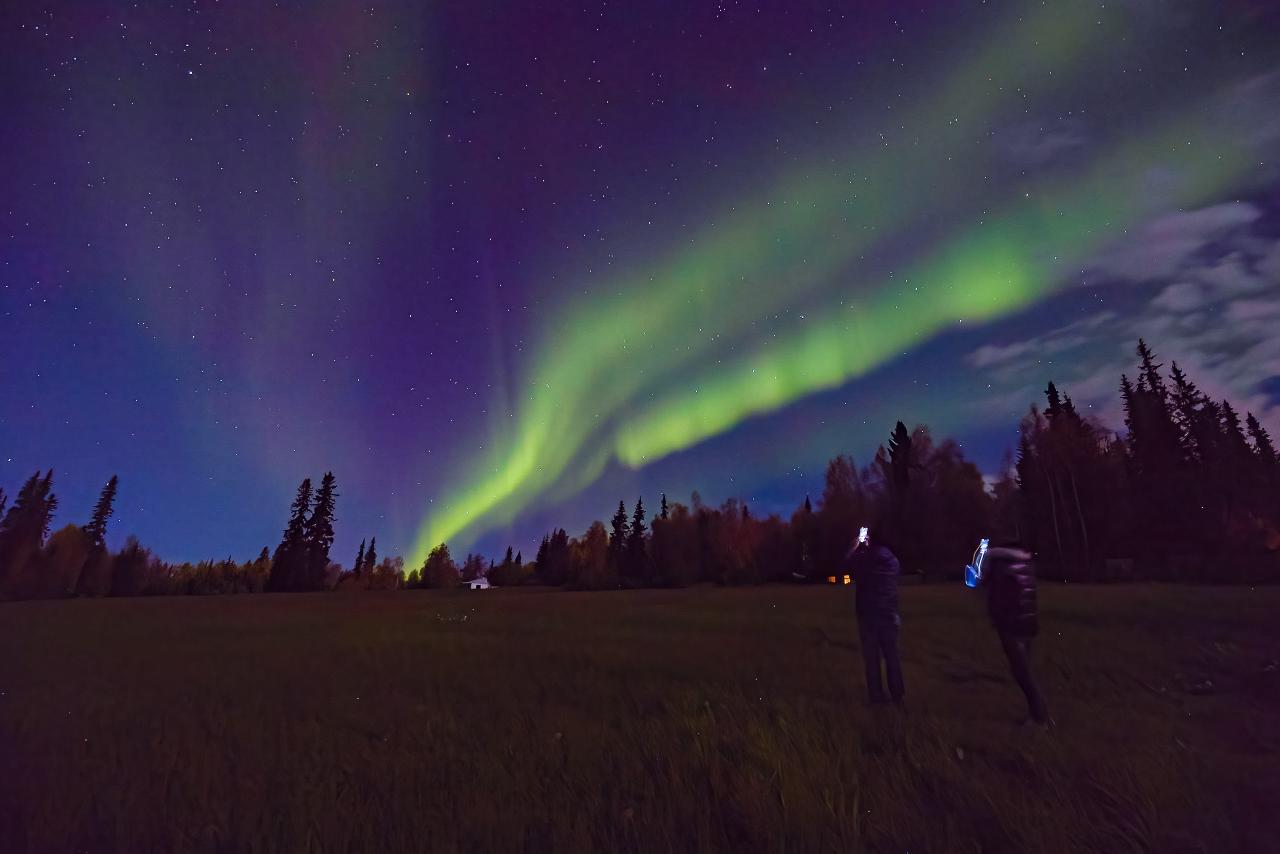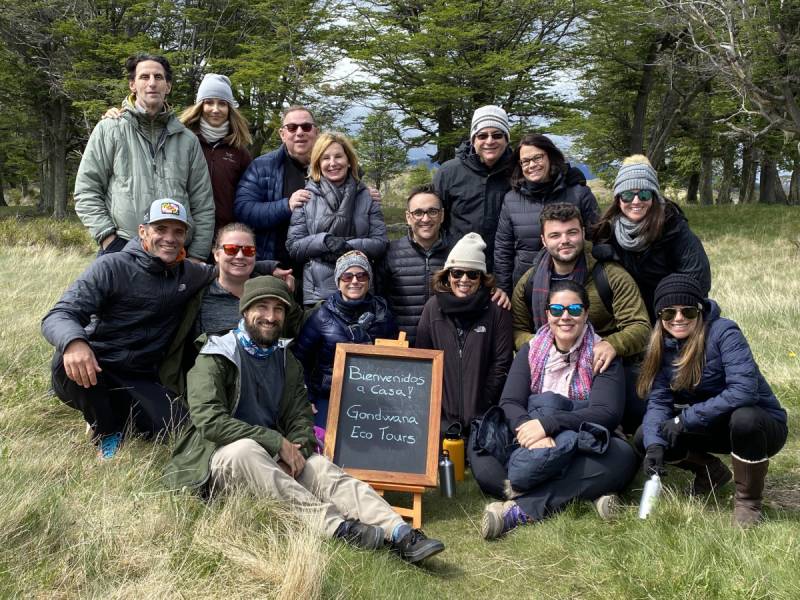As the solar cycle approaches its peak in 2024, scientists anticipate heightened activity in the occurrence of the Northern Lights, also known as the Aurora Borealis. The solar cycle, also known as the sunspot cycle, is a periodic fluctuation in solar activity that typically lasts around 11 years.
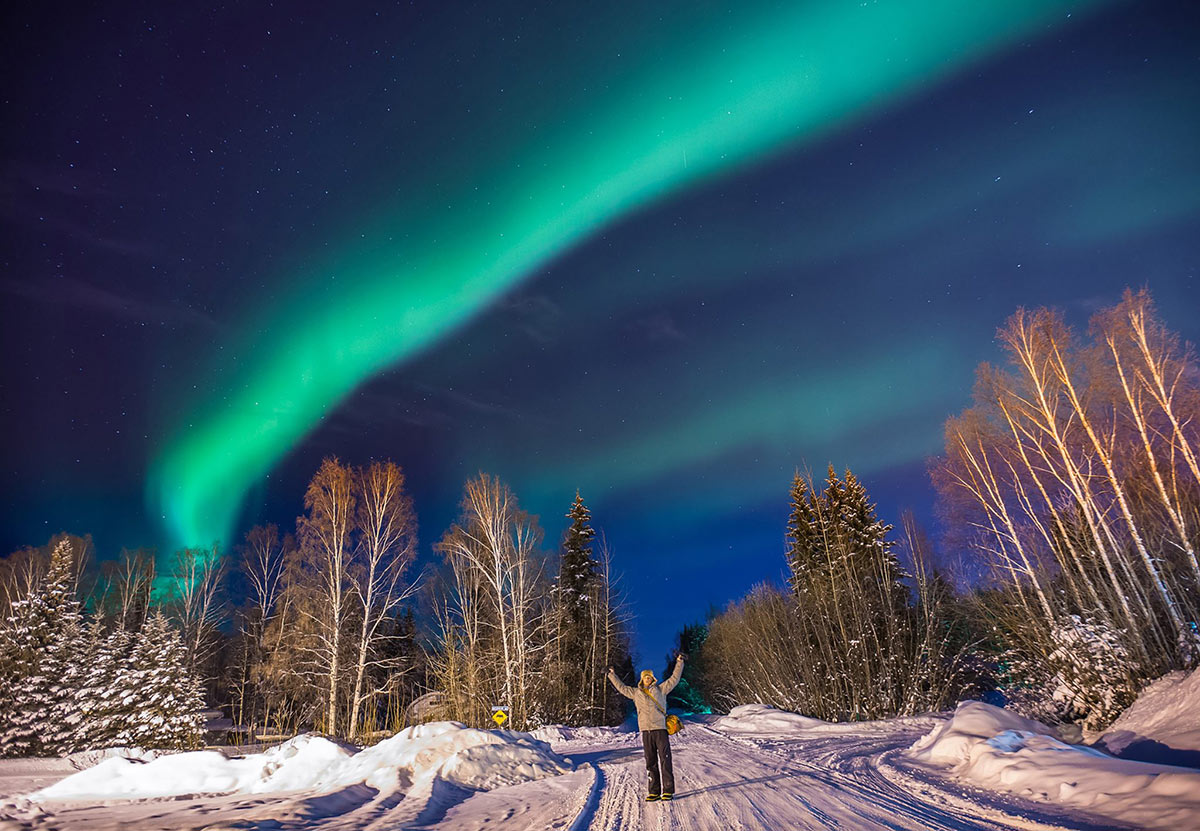
Under the Aurora Borealis
What are solar cycles?
The amount of energy the sun releases changes over time, rising and falling in a cycle. This is known as the solar cycle and is measured by the number of solar flares, sunspots, and ejections of energy generated on the surface of the sun. After a powerful solar flare, the resulting geomagnetic storm created dazzling displays of northern lights that illuminated the night sky with vibrant colors.
On average, the solar cycle phenomenon runs over roughly 11-year periods, but can be anything up to 15 years. The time when the number of sunspots visible on the sun is at its highest is called the Solar Maximum, and when this value is at its lowest, this is known as a Solar Minimum.
The solar cycle begins and ends with a Solar Minimum, and the Solar Maximum occurs roughly halfway through the cycle. It’s important to know that the Solar Maximum is not a single moment in time, it is a period that lasts for several years. The halfway point of any Solar Maximum is called the Absolute Maximum. This is marked by a flip in the Sun’s polarity and indicates that half the Solar Maximum is over, and the remaining half is yet to come.
How do solar cycles affect the Northern Lights?
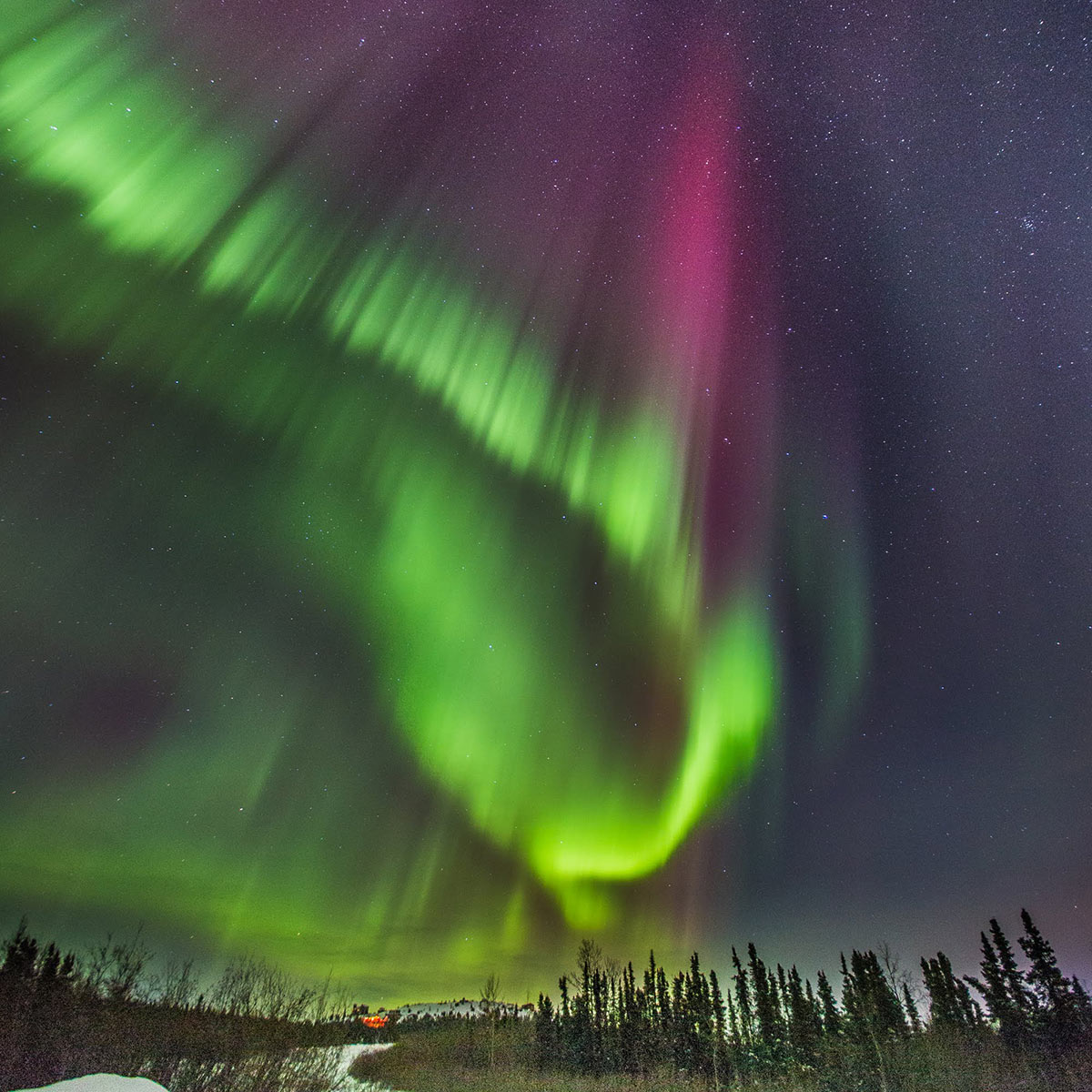 The Northern Lights are caused by charged particles from solar storms on the sun’s surface traveling towards Earth and reacting with gases like nitrogen and oxygen in the upper layer of our atmosphere. Auroras are only visible near the Earth’s North and South Poles because the Earth’s magnetic field is weakest at those points, which means the particles are able to enter the atmosphere. The different colors come from the molecules of different gases being chemically excited by the charged particles from the sun.
The Northern Lights are caused by charged particles from solar storms on the sun’s surface traveling towards Earth and reacting with gases like nitrogen and oxygen in the upper layer of our atmosphere. Auroras are only visible near the Earth’s North and South Poles because the Earth’s magnetic field is weakest at those points, which means the particles are able to enter the atmosphere. The different colors come from the molecules of different gases being chemically excited by the charged particles from the sun.
It’s important to remember that the Northern Lights appear at every stage throughout the Solar Cycle. However, generally, the more sunspots that are visible on the surface of the sun near Solar Maximums, the more solar flare energy is being released into space which means more potential Aurora activity!
However, science’s ability to predict and forecast Aurora activity is still in the early stages of research, and some research at the Geophysical Institute has suggested that a couple of years away from the peak of the solar cycle (Solar Maximum) is actually when the most significant solar events occur. The mesmerizing dance of the Northern Lights is often intensified by powerful solar flares, creating spectacular displays in the Earth’s polar regions. Scientists study the correlation between solar flares and the intensity of the auroras to unravel the mysteries of our Sun’s magnetic activity.
Skywatchers are Excited
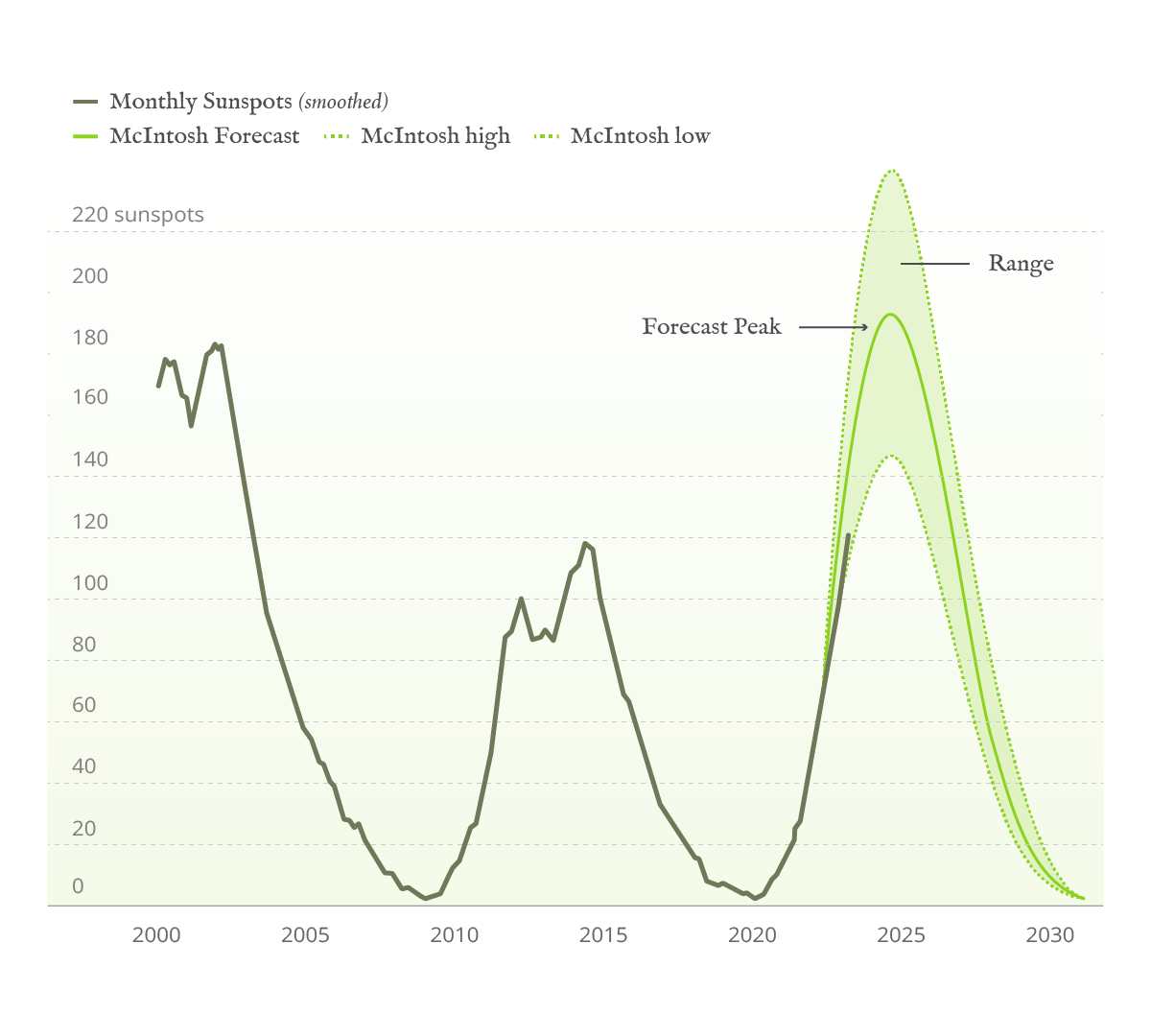
Skywatchers around the world are buzzing with excitement as reports from NBC News indicate a surge in space weather activity. According to experts, this uptick in space weather could herald the most spectacular display of the northern lights seen in the last two decades. Enthusiasts and astronomers alike are eagerly anticipating the potential for vibrant and breathtaking auroras to illuminate the night sky. This rare celestial event promises to be a mesmerizing sight, captivating viewers with its ethereal dance of color and light. In fact NBC News says, “An increase in space weather could lead to the greatest display of the northern lights in the past two decades“. As anticipation builds, people are eagerly making plans to witness this extraordinary natural phenomenon firsthand, ensuring that they don’t miss out on this once-in-a-lifetime experience.
When is the next Solar Cycle peak?
The current Solar Cycle is expected to hit a peak in 2024, which can result in even higher activity of Aurora Borealis — commonly known as Northern Lights.
As the Solar Cycle approaches its peak in 2024, scientists and enthusiasts alike are eagerly anticipating the heightened activity of the Aurora Borealis. With stronger solar flares and increased solar wind, the mesmerizing dance of colors in the night sky is expected to be even more spectacular than usual. As researchers continue to study the Sun’s activity and its impact on Earth, the upcoming peak of the Solar Cycle presents a unique opportunity to witness the breathtaking beauty of the Northern Lights in all its glory. Whether viewed from the Arctic Circle or glimpsed from regions further south, the celestial display of the Aurora Borealis promises to captivate and inspire all who gaze upon it.
Should I plan my Northern Lights trip with solar cycles in mind?
It is possible to see the Aurora Borealis, or Northern Lights, at every stage of the Solar Cycle. If you are hoping to see the Northern Lights it’s actually more important to be in the right place. There are places where the lights occur most frequently, also called the Auroral Zone. These locations are where you have the best chance of seeing the Aurora Borealis, regardless of where we are in the solar cycle.
Fairbanks, Alaska is considered the best place in the Western Hemisphere to view the Aurora Borealis. The clear skies and proximity to the Arctic Circle give visitors a high chance to see the Northern Lights. The best times to view the Northern Lights are between September and April when the nights are long. Visiting closer to the Spring and Fall equinoxes may give you a better chance of seeing the Aurora. In springtime, there is a higher likelihood of clear skies, however, there can sometimes be stronger activity in the fall.
Gondwana Ecotours visits Fairbanks on our Northern Lights Adventure tours, and we see activity on close to every tour, even in the downturn of the cycles. This means there aren’t really any bad times to see the Northern Lights on our tours. However, visiting near the Solar Maximum may add some extra excitement if you are hoping to be there when the sun is releasing even more energy into the universe! To learn how to witness the Northern Lights for yourself, check out our Northern Lights Adventure.
Read more about Fairbanks and how this offers a variety of excellent aurora viewing spots, including Cleary Summit and Murphy Dome, which provide expansive views of the northern skies away from city lights. These locations offer ideal vantage points for experiencing the mesmerizing dance of the aurora borealis in the serene Alaskan wilderness.
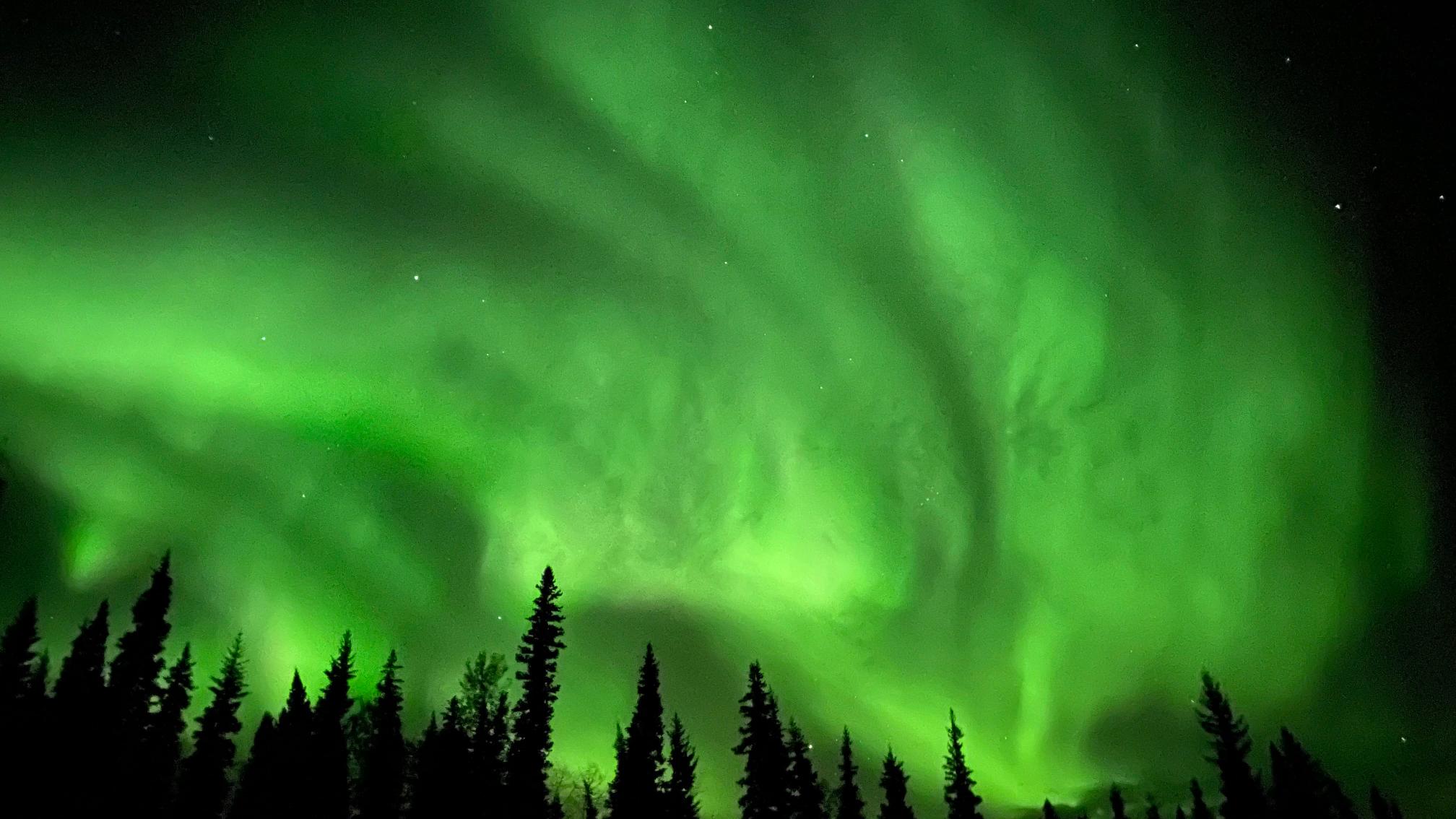
Resources:

